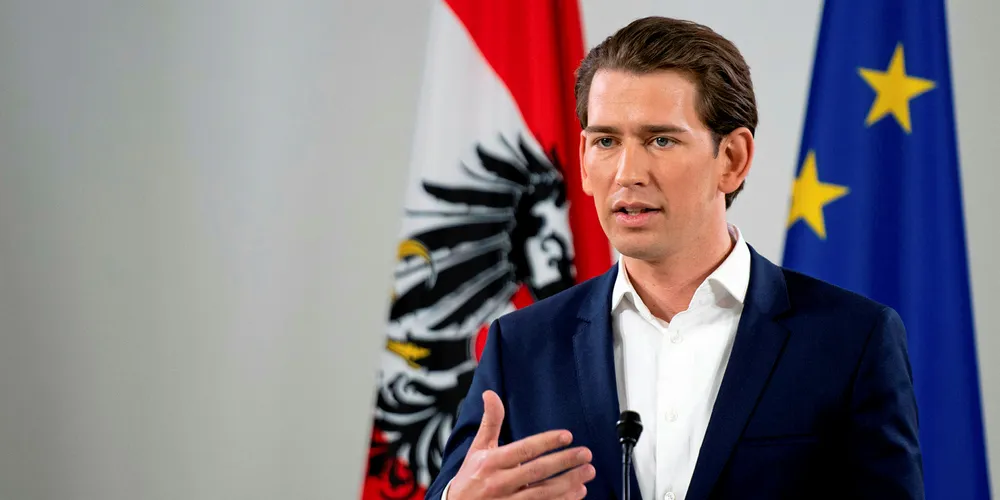Greens in Austria’s government to help 2030 100% renewables goal
Designated Chancellor Kurz and Green Party leader Kogler said a successful conclusion of coalition talks is likely this week

Designated Chancellor Kurz and Green Party leader Kogler said a successful conclusion of coalition talks is likely this week
